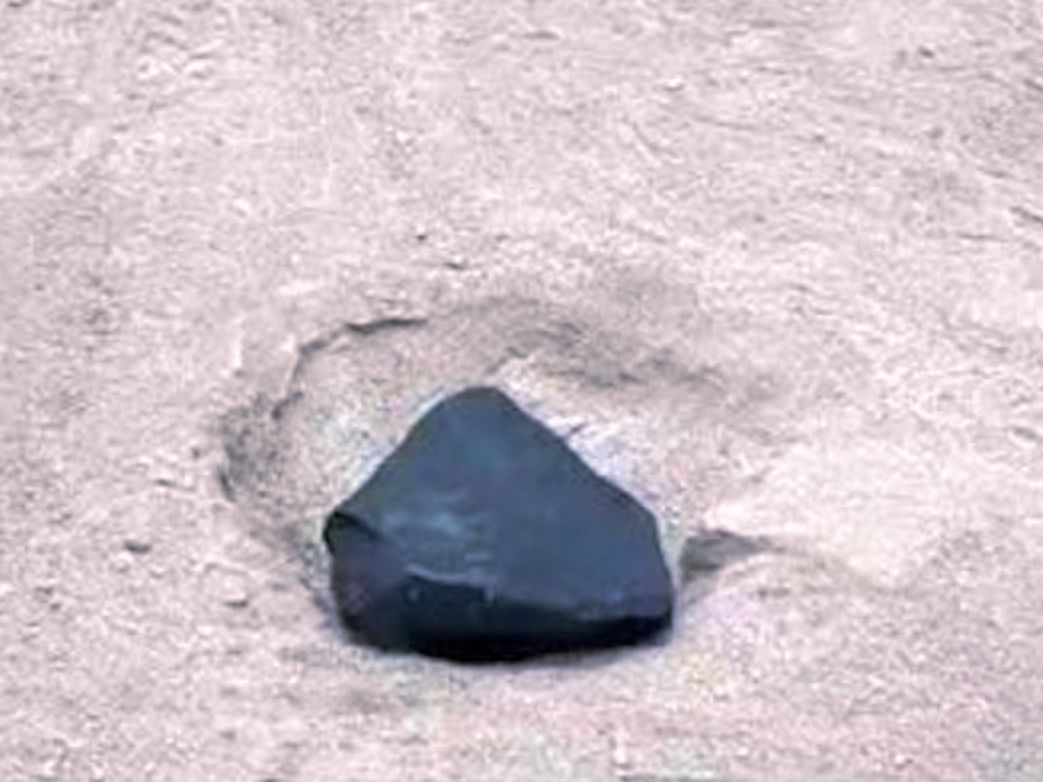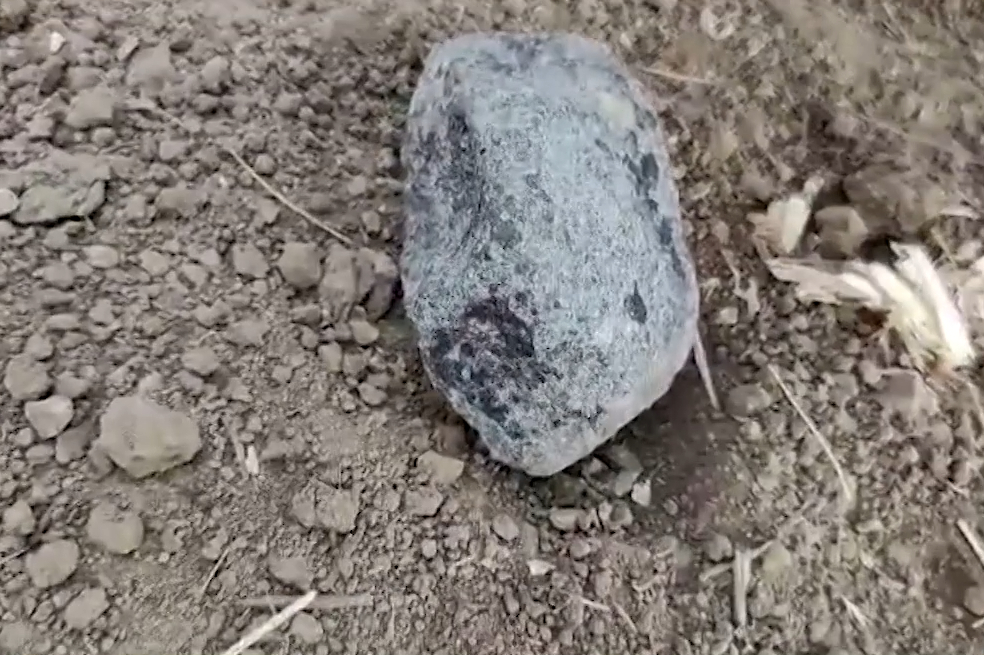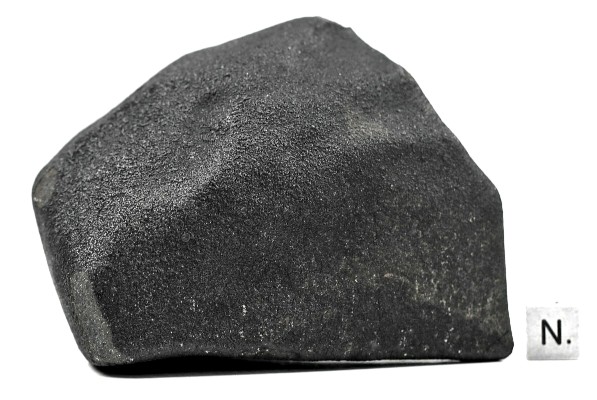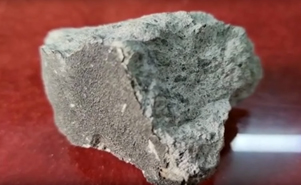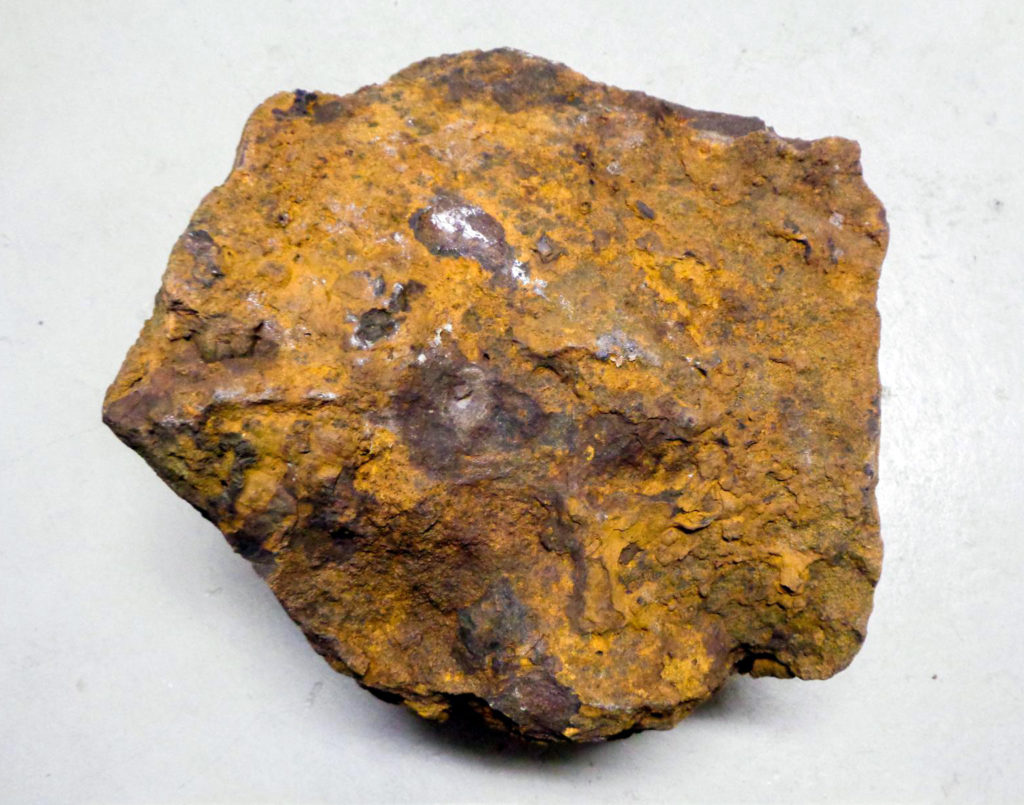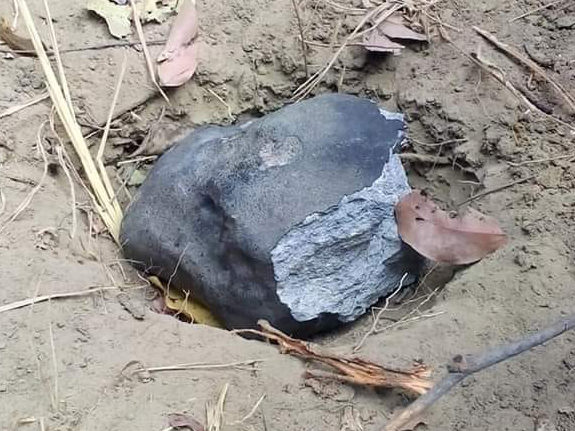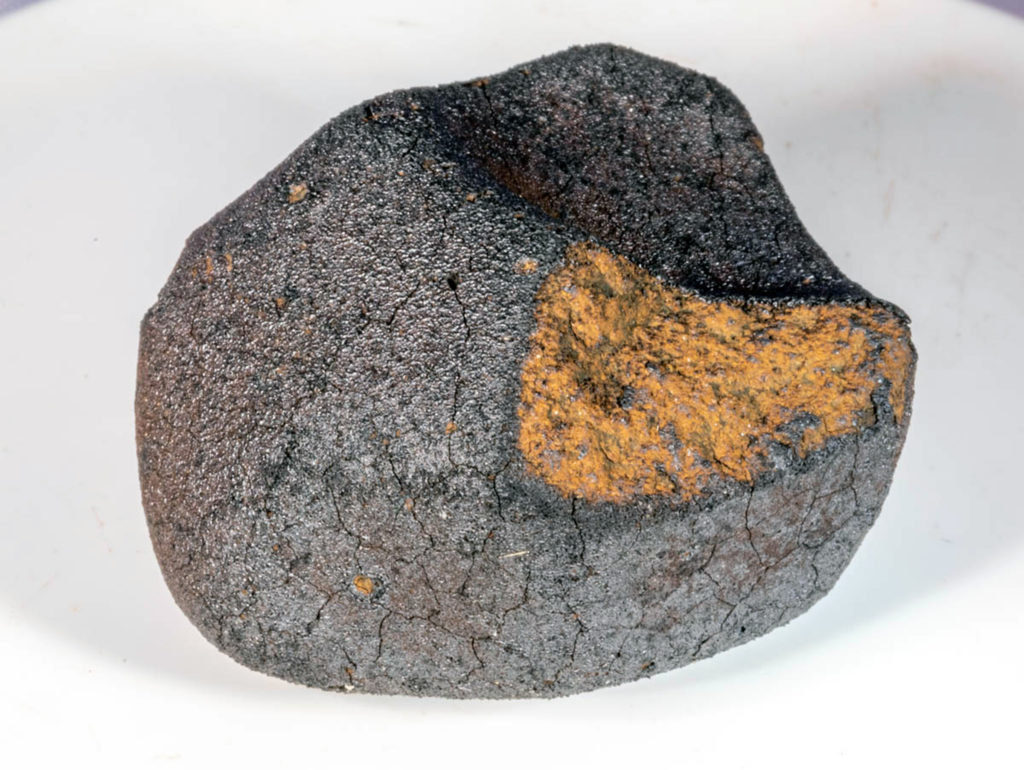Gaseous atomic nickel in the coma of interstellar comet 2I/BorisovOPEN ACCESS
Piotr Guzik & Michał Drahus
Nature volume 593, pages 375–378 (2021)
PDF (OPEN ACCESS) Accepted manuscript with minor post-acceptance corrections
“On 31 August 2019, an interstellar comet was discovered as it passed through the Solar System (2I/Borisov). On the basis of initial imaging observations, 2I/Borisov seemed to be similar to ordinary Solar System comets1,2—an unexpected characteristic given the multiple peculiarities of the only known previous interstellar visitor, 1I/‘Oumuamua3,4,5,6. Spectroscopic investigations of 2I/Borisov identified the familiar cometary emissions from CN (refs. 7,8,9), C2 (ref. 10), O i (ref. 11), NH2 (ref. 12), OH (ref. 13), HCN (ref. 14) and CO (refs. 14,15), revealing a composition similar to that of carbon monoxide-rich Solar System comets. At temperatures greater than 700 kelvin, comets also show metallic vapours that are produced by the sublimation of metal-rich dust grains16. Observation of gaseous metals had until very recently17 been limited to bright sunskirting and sungrazing comets18,19,20 and giant star-plunging exocomets21. Here we report spectroscopic observations of atomic nickel vapour in the cold coma of 2I/Borisov at a heliocentric distance of 2.322 astronomical units—equivalent to an equilibrium temperature of 180 kelvin. Nickel in 2I/Borisov seems to originate from a short-lived nickel-containing molecule with a lifetime of 340+260−200 seconds at 1 astronomical unit and is produced at a rate of 0.9 ± 0.3 × 1022 atoms per second, or 0.002 per cent relative to OH and 0.3 per cent relative to CN. The detection of gas-phase nickel in the coma of 2I/Borisov is in line with the recent identification of this atom—as well as iron—in the cold comae of Solar System comets17.”

